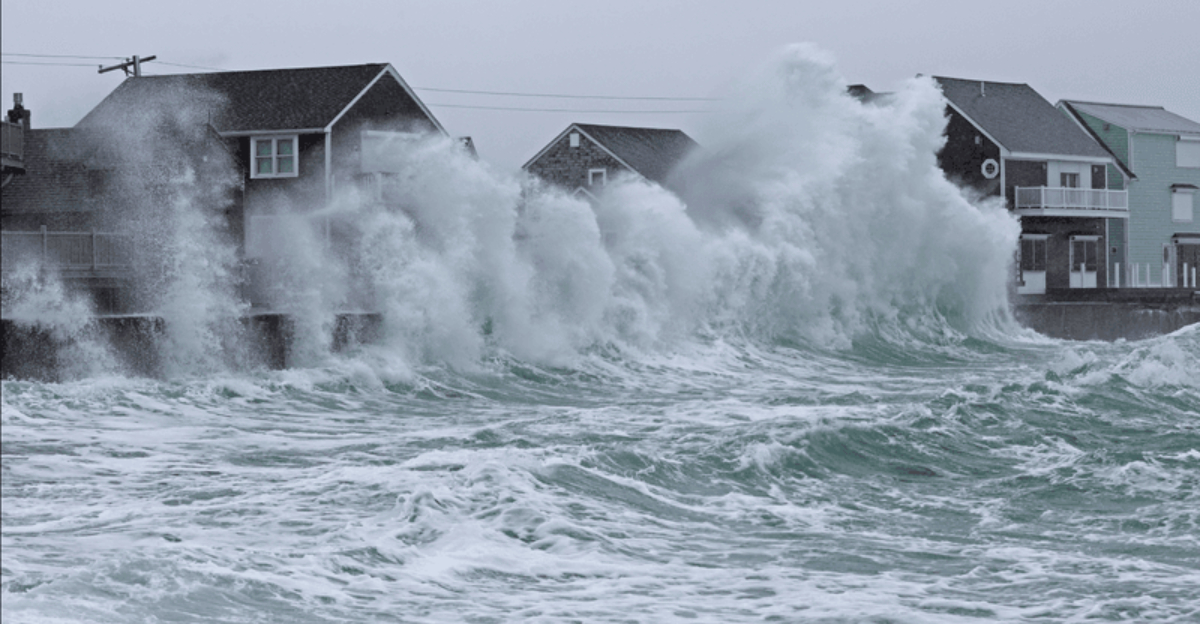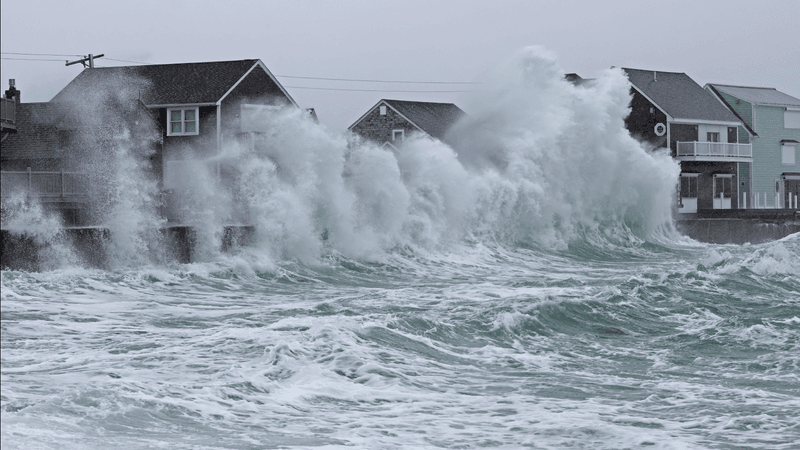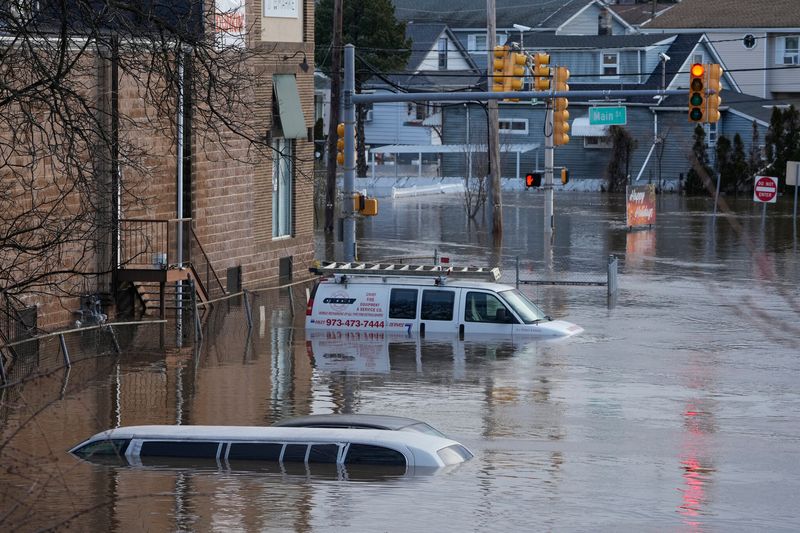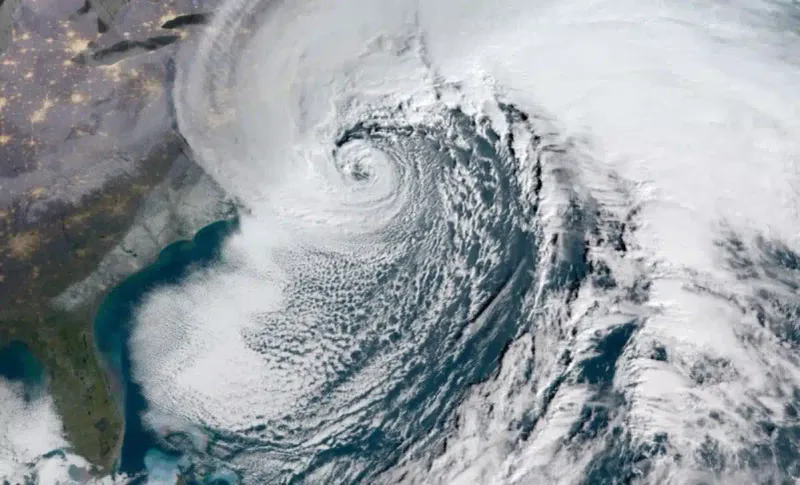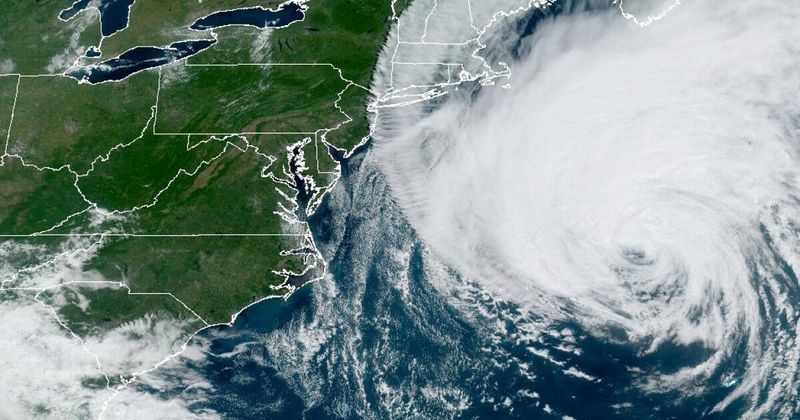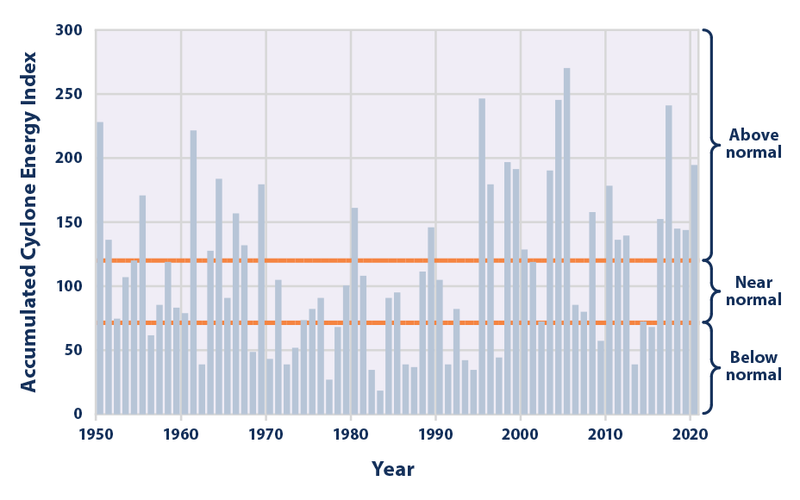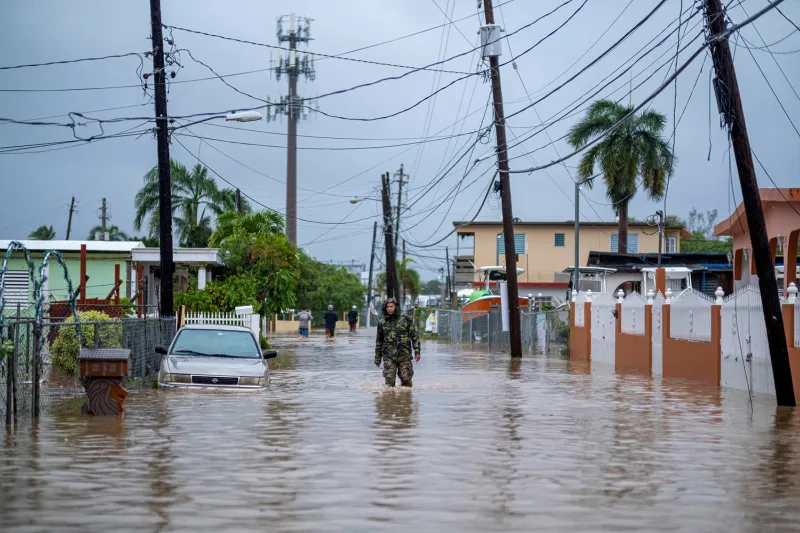Climate change is making powerful storms even more dangerous, and scientists are sounding the alarm. From nor’easters hammering the East Coast to hurricanes reaching places they never used to, the next mega-storm could cause far more damage than we’re prepared for. Understanding what’s happening — and why — is the first step toward staying safe and ready.
When Nor’easters Get Meaner
Nor’easters have always been tough winter storms along the East Coast, bringing snow, wind, and coastal flooding. But a new study covering data from 1940 to 2025 reveals something alarming: these storms are getting significantly stronger. Climate change is creating a dangerous mix by intensifying the clash between frigid Arctic air and warm, moist air from the Atlantic Ocean.
Peak wind speeds during the most powerful nor’easters have increased by about 6%. While that might not sound like much, scientists estimate it translates to a 20% boost in destructive potential. That means more damage to homes, power lines, and roads.
Cities like Boston, New York, and Washington, D.C., are especially vulnerable. As these storms continue to intensify, preparing for their impact becomes more critical than ever before.
More Moisture Means More Mayhem
Warmer oceans are feeding storms with extra fuel in the form of moisture. Research shows that nor’easters are now dumping about 10% more rain and snow compared to decades past. This increase might seem small, but it has huge consequences for communities in the storm’s path.
Extra precipitation overwhelms drainage systems, floods basements, and worsens storm surge damage along coastlines. Heavier snowfall can also collapse roofs and shut down entire cities for days. The combination of stronger winds and heavier precipitation creates a one-two punch that infrastructure struggles to handle.
Emergency services face greater challenges during these events, and recovery takes longer. Coastal areas must upgrade flood defenses and improve drainage to cope with this wetter, more dangerous reality.
Economic and Social Stakes Climb
Historic nor’easters like the 1993 “Storm of the Century” killed hundreds of people and caused billions in damage. As these storms grow more powerful, future events could rival or even surpass the destruction caused by major hurricanes. The economic and human costs are climbing fast.
Communities across the Northeast now face a harsh reality: nor’easters are no longer just winter inconveniences. They’re becoming full-blown catastrophes that demand serious planning and preparation. Experts stress that treating these storms with the same urgency as hurricanes is essential.
Investing in resilience now — stronger infrastructure, better evacuation plans, smarter building codes — costs far less than rebuilding after disaster strikes. Proactive strategies save lives and money in the long run.
Hurricanes Expanding into New Territory
For decades, New England wasn’t considered prime hurricane territory. That’s changing fast. Warmer sea surface temperatures and shifts in jet stream patterns are allowing hurricanes to travel farther north than ever before, putting cities like Boston and New York at risk.
Hurricane Lee in September 2023 served as a wake-up call, approaching New England with dangerous intensity. Scientists predict more frequent and powerful hurricanes will strike mid-latitude regions in the coming years. These storms bring torrential rains, destructive winds, and life-threatening storm surges to areas unaccustomed to such threats.
Adaptation is urgent. Building codes, evacuation routes, and emergency plans must evolve quickly to protect millions of people living in these newly vulnerable zones.
Severe Hurricanes Becoming More Frequent
Did you know? Sediment records show that during prehistoric times, when oceans were warmer, severe hurricanes struck America’s eastern seaboard roughly every 40 years. Today, ocean temperatures off New England have surpassed those ancient levels, and scientists are deeply concerned about what that means.
Research published in Earth’s Future suggests that powerful Category 3 hurricanes — like Hurricane Katrina — could strike far more often than previously thought. Instead of once every 100 to 200 years, these devastating storms might hit every decade or so.
Lead researcher Jeff Donnelly emphasizes the urgency of planning for this new reality. Communities must prepare for more frequent, intense storms that can cause catastrophic flooding, widespread power outages, and long-term displacement.
What Must Happen Now
Scientists are clear: waiting is not an option. Governments, emergency planners, and utility companies must update storm models and building codes immediately to account for intensifying mega-storms. Coastal cities need stronger flood defenses, upgraded infrastructure, and improved early warning systems to protect residents.
Continuous monitoring of atmospheric and oceanic changes is also critical. As one researcher warned, “Individual events may pack a bigger punch,” even as overall snow seasons shorten in a warming world. Nor’easters and hurricanes are no longer predictable seasonal hazards — they’re evolving into unpredictable, high-impact threats.
The future of storm preparedness must evolve with the climate. Investing in resilience today will save countless lives and prevent untold destruction tomorrow.
